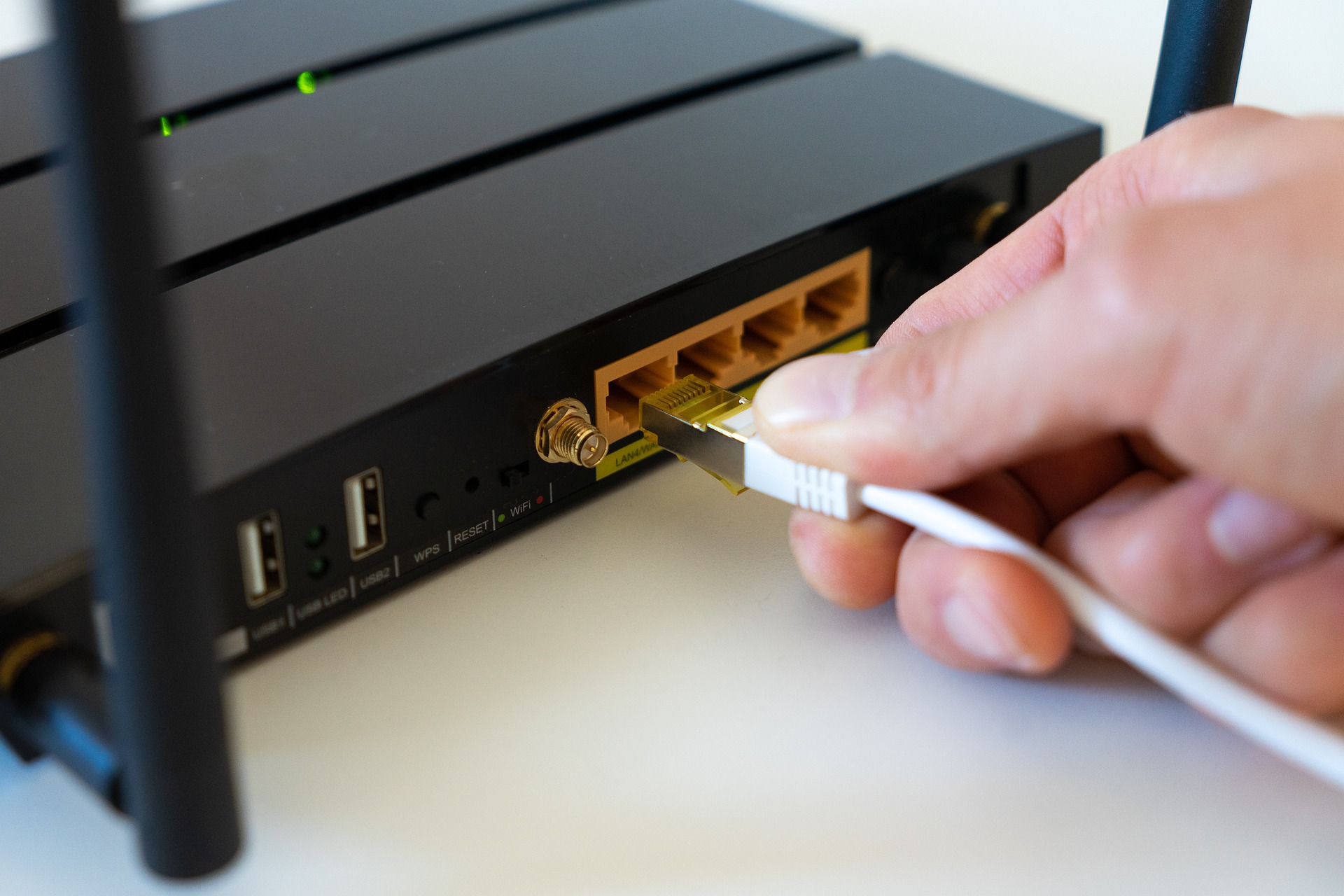The Future of Edge Connectivity through Wi-Fi Sensing
Imagine a world where your Wi-Fi router does more than just connect your devices to the internet. It senses movement, monitors health, and secures your home. This is the exciting promise of Wi-Fi sensing, a technology that is revolutionizing how we interact with our environments. But what exactly is Wi-Fi sensing, and how does it change the connectivity landscape?
Understanding Wi-Fi Sensing
Wi-Fi sensing leverages existing Wi-Fi signals to detect changes in the environment. Unlike traditional sensors that require dedicated hardware, Wi-Fi sensing utilizes the ubiquitous presence of Wi-Fi networks. By analyzing how signals are affected by movements or obstructions, it can determine activities or changes in the environment. This capability has been explored in research labs for years but is now on the brink of commercial deployment.
Historical Context and Technological Developments
The concept of using radio waves for sensing dates back to radar technology in the early 20th century. However, applying this idea to Wi-Fi networks is a more recent innovation. Early research in the 2000s demonstrated that Wi-Fi signals could detect movement through walls, opening up possibilities for non-intrusive monitoring. As Wi-Fi technology advanced, particularly with the advent of Wi-Fi 6 and 6E, the precision and reliability of Wi-Fi sensing improved significantly.
Current Trends and Industry Insights
The telecommunications industry is witnessing a shift towards more integrated and multifunctional devices. Wi-Fi sensing aligns with this trend, offering a new layer of functionality without additional infrastructure. Experts suggest that Wi-Fi sensing could become a standard feature in future routers. Moreover, regulatory bodies are starting to recognize its potential, with discussions on standardizing protocols and ensuring privacy and security.
Applications and Challenges
Wi-Fi sensing has diverse applications, from home security and energy management to healthcare and eldercare. In smart homes, it can detect occupancy and adjust lighting or temperature accordingly. In healthcare, it enables remote monitoring of patients’ movements, reducing the need for invasive devices. However, challenges remain, particularly in terms of privacy concerns and the need for robust data processing algorithms to accurately interpret signal changes.
The Road Ahead for Wi-Fi Sensing
As Wi-Fi sensing technology matures, the focus will likely shift to enhancing accuracy and addressing privacy issues. Collaboration between telecom companies and tech developers will be crucial in creating standardized solutions that are efficient and secure. Moreover, as consumer awareness grows, demand for Wi-Fi sensing capabilities will likely increase, driving further innovation and adoption.
In conclusion, Wi-Fi sensing represents a significant advancement in connectivity solutions, offering practical applications across various sectors. By transforming Wi-Fi networks into smart sensing platforms, this technology has the potential to reshape how we interact with our environments, providing both convenience and enhanced functionality. As the telecommunications landscape evolves, Wi-Fi sensing stands out as a promising frontier in the quest for smarter, more connected living.





